Herbert Ong Brighter with Herbert.
Get the latest international news and world events from around the world.
A new tool for tracing the family trees of cells
EPFL researchers have developed GEMLI, a pioneering tool that could democratize and vastly improve how we study the journey of cells from their embryonic state through to specialized roles in the body, as well as their changes in cancer and other diseases.
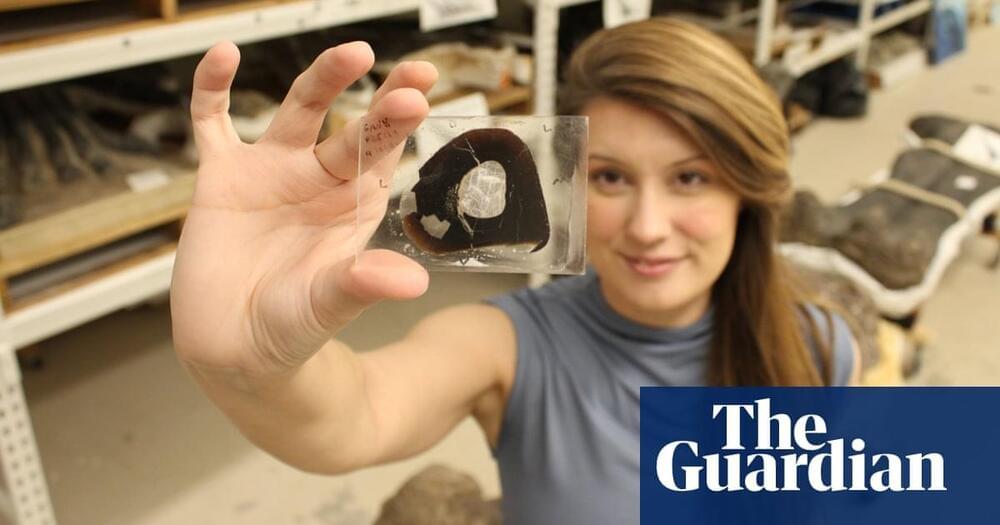
Dinosaur data: can the bones of the deep past help predict extinctions of the future?
Millions of years ago, animals adapted to become warm-blooded amid huge climactic changes. Now scientists hope these clues from the past could help us understand what lies ahead by Tiffany Cassidy.
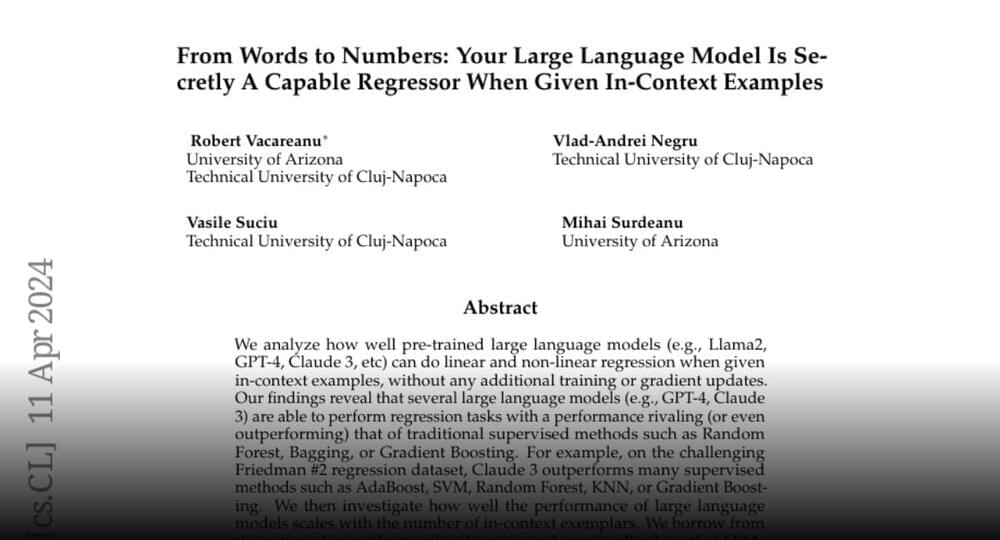
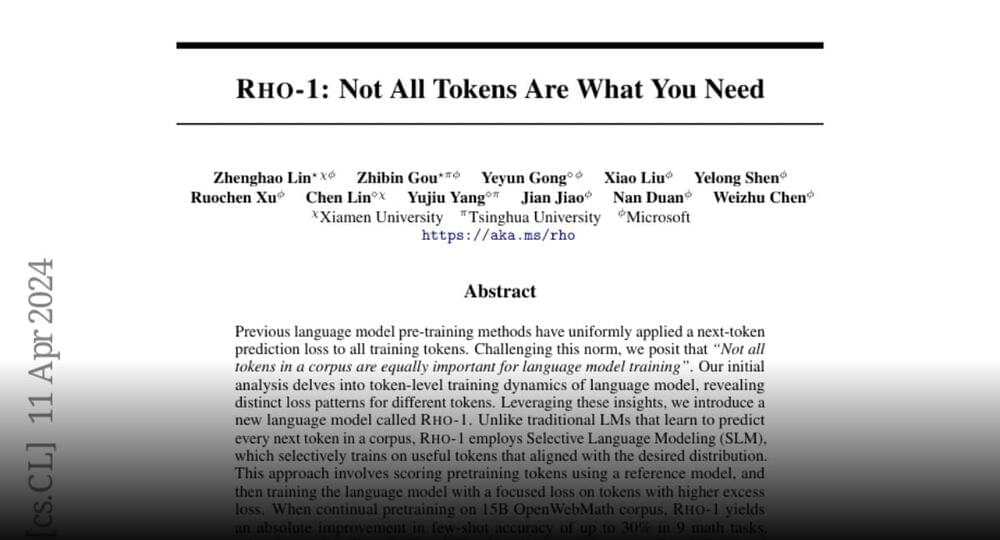
Rho-1: Not All Tokens Are What You Need
Microsoft presents Rho-1
Not All Tokens Are What You Need https://huggingface.co/papers/2404.
Previous language model pre-training methods have uniformly applied a next-token #prediction #LOSS to all training #tokens.
Join the discussion on this paper page.
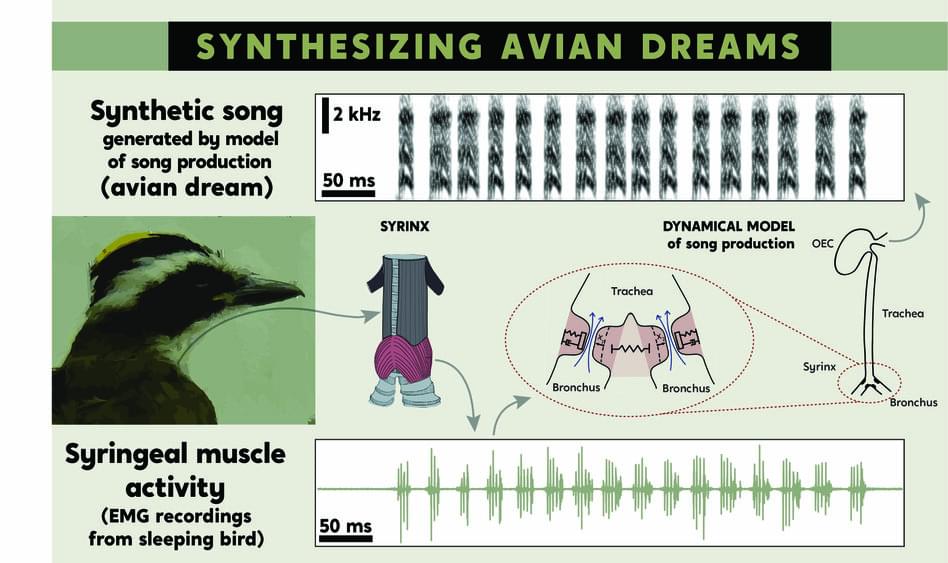
Earth From Space Full HD Nova
One hundred twenty satellites, with their own distinct purpose, hover our Earth. How the structure of continents, the sun, human interaction and many other factors contribute to Earth’s climate and survival/evolution of life.

The multiverse could be much, much bigger than we ever imagined
A new way of interpreting the elusive mathematics of quantum mechanics could fundamentally change our understanding of reality.
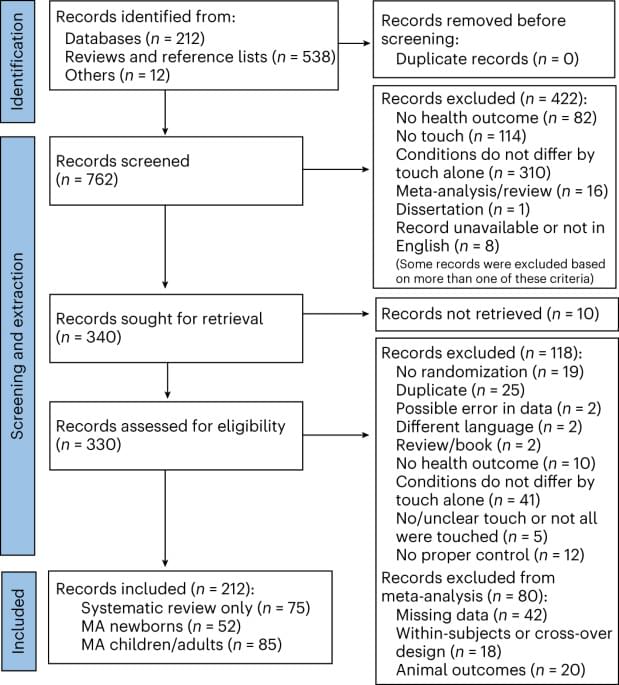
A systematic review and multivariate meta-analysis of the physical and mental health benefits of touch interventions
Physical touch from both humans and animals can reduce pain, feelings of depression, and anxiety in adults and children, according to a systematic review and meta-analysis published in Nature Human Behaviour. Read the paper:
This pre-registered systematic review and multilevel meta-analysis examined the effects of receiving touch for promoting mental and physical well-being, quantifying the efficacy of touch interventions for different ways of administration.
